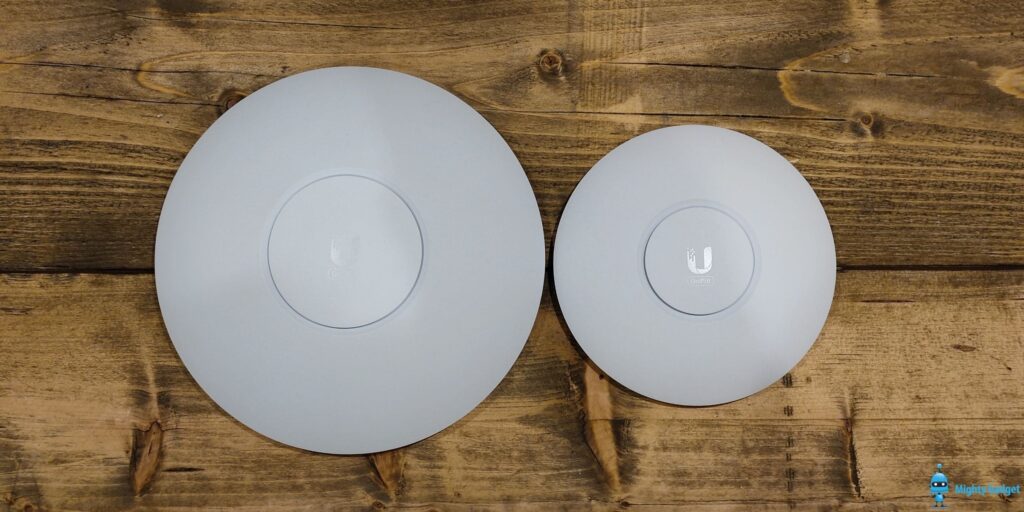
With challenges, there come opportunities, and small living spaces can pose very interesting issues. It does not have to be such that because the area is limited, comfort and style will have to take a seat back. Even the tiniest home can be made functional and aesthetically beautiful with the expertise of residential interior designers.
Interior designers specialize in optimizing small living areas, making them feel larger, organized, and inviting. Let’s explore how residential interior designing services can help you make the most of your compact space.
Why Interior Design is Important for Small Spaces
Small spaces require thoughtful planning to balance functionality and aesthetics. Without proper design, rooms can feel cluttered, cramped, and uncomfortable. Here’s how interior design can make a difference:
Efficient Use of Space: Designers come up with layouts that make the best use of functionality and prevent dead space.
Better Storage Designs: Customized designs ensure that everything has its place and, therefore, less clutter.
Better Visual Effect: A well-designed small space can feel cozy and elegant without being congested.
The right techniques by interior designers can turn even the smallest house into a lovely living environment.
Smart Strategies Designers Use to Maximize Small Living Spaces
1. Smart Space Planning
Plan the layout. A good interior designer analyses the dimensions of your home and creates a layout that uses every inch effectively.
Open Floor Plans: Remove the walls which are not needed. Thus, it can give a wide open space.
Zoning: The interior designer breaks down small areas into different zones, like a place to live, dine, and sleep, but he never uses physical partitions for zoning.
2. Multifunctional Furniture
In small homes, furniture has to work twice as hard. Designers include pieces that are multifunctional and multitasking.
Sofa beds can be used as seats during the day and a bed during the night.
Coffee tables can have hidden storage or use ottomans as added seating to save space
Dining tables that are foldable or extendable help with flexibility without using additional space.
3. Maximizing Vertical Space
When space is limited on the floor, designers look up. It is a place often left underutilized but ideal for storage and decor.
Wall-mounted shelves, cabinets, and hanging storage units keep items off the floor.
Tall bookcases or storage units make use of high ceilings.
Hooks and racks can be added to walls or behind doors for storing items like coats or bags.
4. Built-In Storage Solutions
Storage is a top priority for small homes. Built-in solutions are ideal and become part of the space.
Under-bed drawers or platforms with hidden compartments can be made to provide additional storage.
Built-in wardrobes or closets save space while still providing a lot of closet space for clothes and other accessories.
Banquette seating with storage underneath is perfect for dining or lounging areas.
5. Strategic Use of Colors
Colors play an important role in making small areas feel bigger. Designers often use light and neutral tones in walls, furniture, and decor to create airy and open impressions.
White, beige, pastel and soft gray are widely used in small areas.
To give the area a character, designers can also utilize the pops of color within decor elements without overwhelming them.
6. Creative Lighting Solutions
Lighting can either make or break the design of a small space. Interior designers utilize a combination of natural and artificial lighting to brighten rooms and expand them.
Natural light enters spaces by large windows or glass doors, which makes it look bigger.
Recessed lighting, wall sconces, or pendant lights provide a source of light without consuming much floor space.
The lighting is strategically used by the designer to emphasize the important aspects like workstations or dining tables.
7. Mirrors and Reflective Surfaces
Mirrors are one of the oldest tricks to make small spaces look bigger. Designers strategically place mirrors to reflect light and create an illusion of depth.
Large wall mirrors or mirrored furniture amplify the sense of space.
Reflective surfaces such as glass tabletops or glossy finishes add brightness and openness to rooms.
8. Decluttering and Minimalism
Less is more in small spaces. Interior designers declutter and opt for a minimalist design to avoid overcrowding.
Designers choose furniture and decor items that are essential and multi-functional.
Hidden storage solutions keep items out of sight, giving a clean and organized look.
Benefits of Residential Interior Designing Services for Small Homes
1. Customized Solutions
Every small home is unique, and designers will design specific solutions tailored to your needs and wants.
2. Functionality of Steroids
Efficient layout and practical furniture make each corner of your home serve a purpose.
3. Good Looks
Interior designers infuse professionalism, making the space look refined, coordinated, and fashionable.
4. Better Life Quality
A well-designed small space not only looks great but also is easier to maintain, leading to a more comfortable living experience.
Quick Tips to Use Today
Here are a few quick tips inspired by professional interior designers to make the most of your small living space:
Use furniture with legs to create an open and airy look.
Sliding doors instead of traditional ones can save space.
Foldable or stackable furniture when not in use.
Add plants to your space for a natural and refreshing touch without taking up much room.
Life2Home’s residential interior designing services are the perfect solution for maximizing small living spaces. Our expert designers specialize in smart layouts, creative storage solutions, and multifunctional furniture to make the most of every square foot. By blending style with functionality, we transform compact spaces into comfortable, elegant, and highly efficient homes. Trust Life2Home to turn your small living space into a big inspiration, tailored to your lifestyle and needs.







